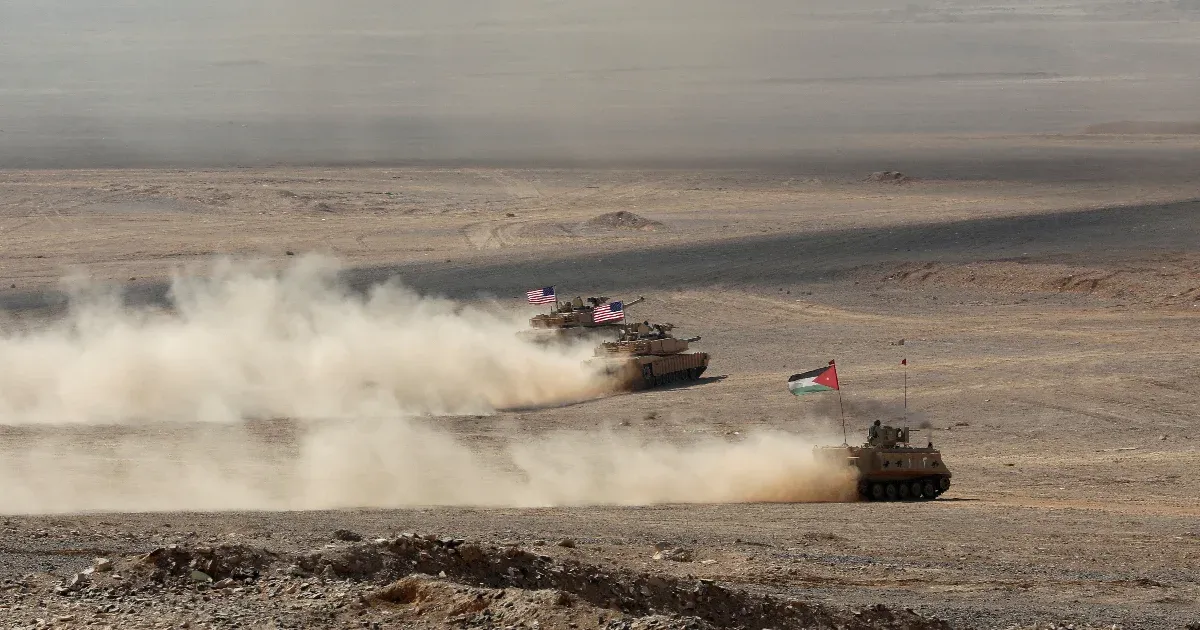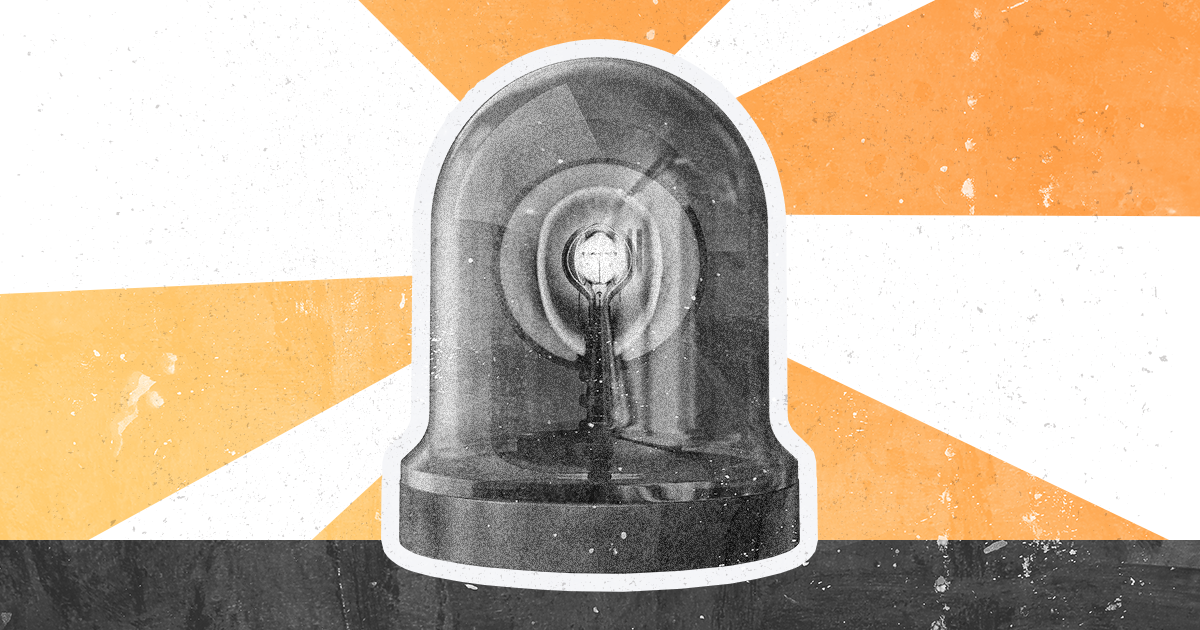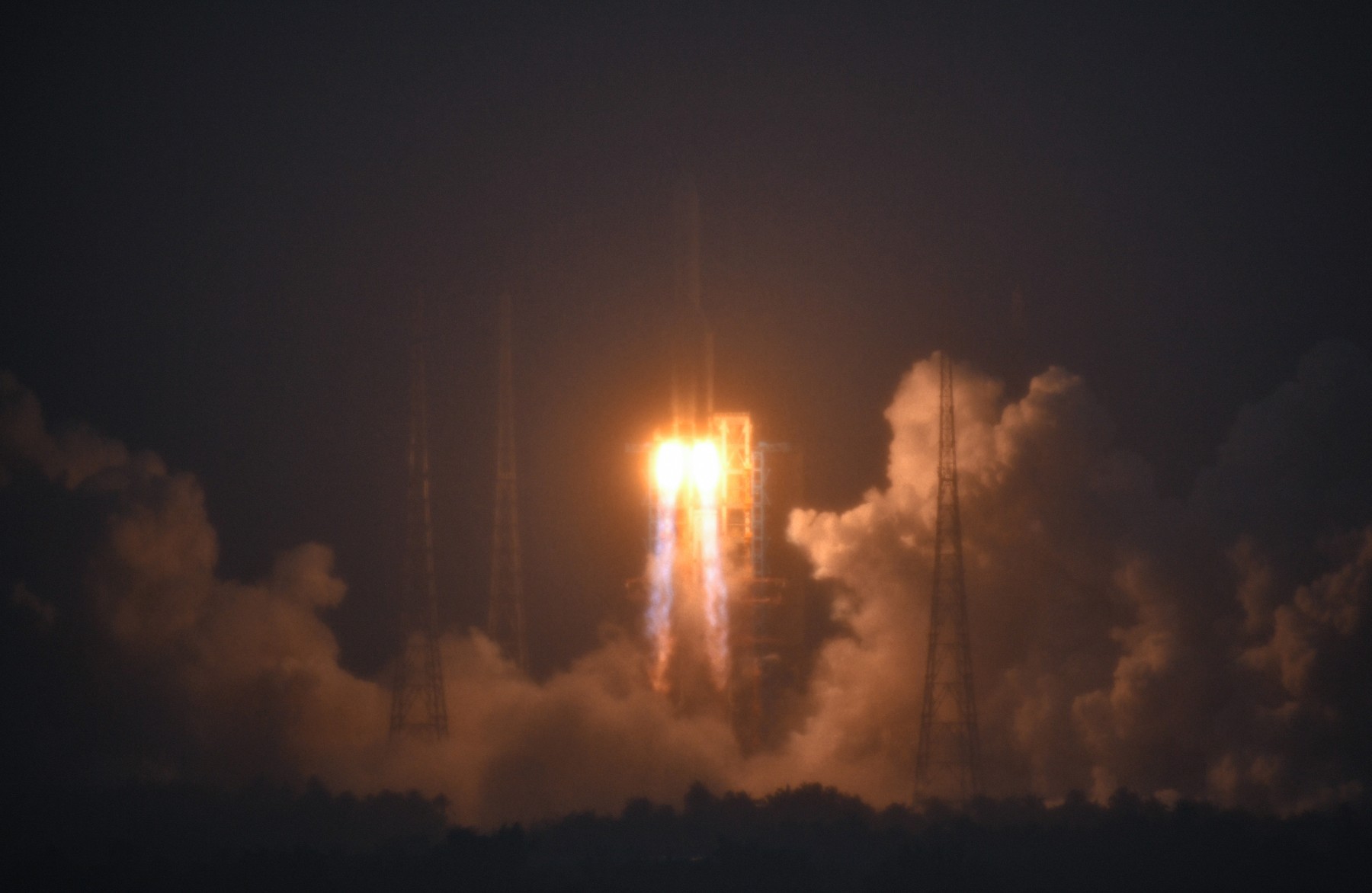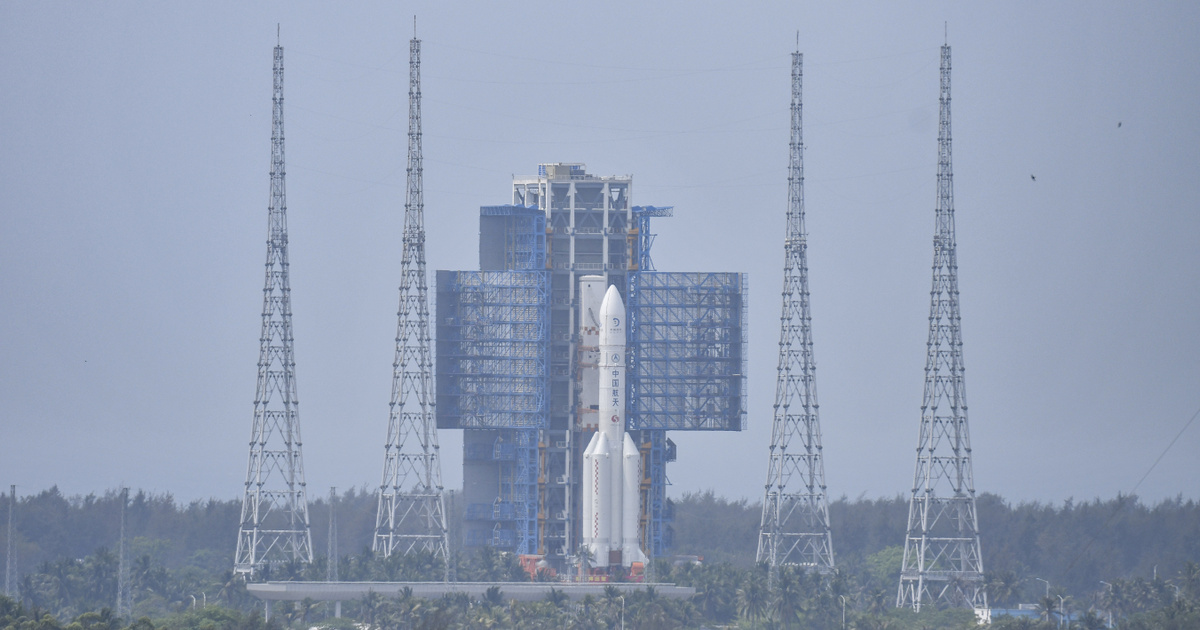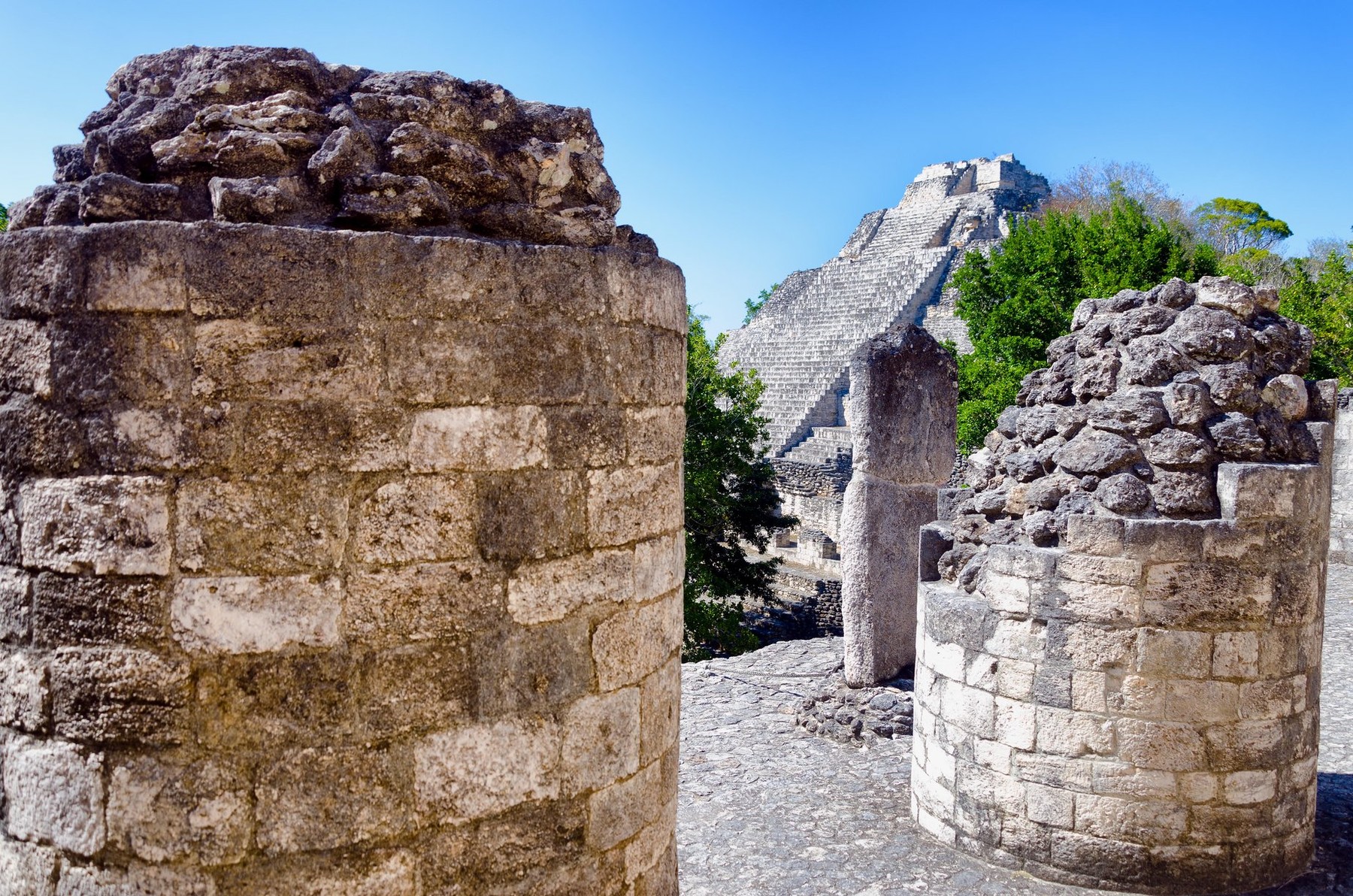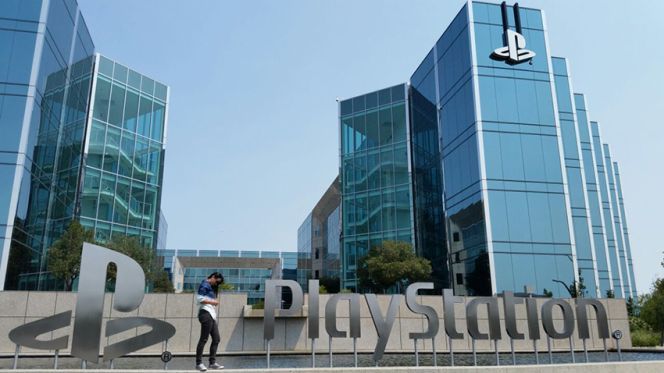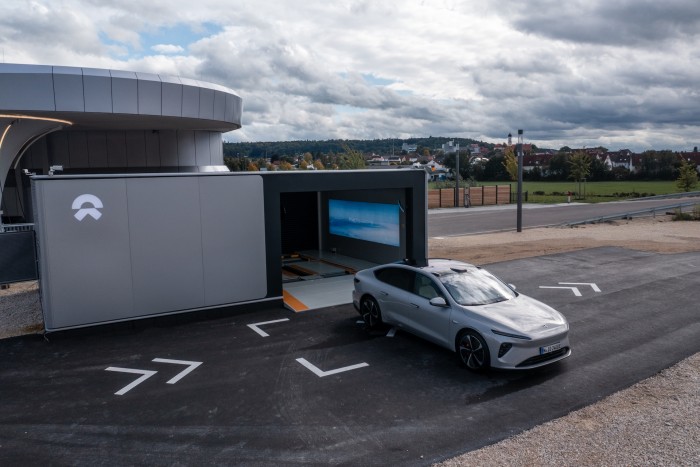On June 25, Niu’s second-generation battery exchange station in Jiangmen, Guangdong Province, China, caught fire. A video of the incident was leaked online showing the fumigation facility. Soon, the firefighters who arrived began to extinguish the fire, fortunately, there were no casualties. It turned out that the cause of the ignition was a bad battery.
Nio is currently installing its second generation exchange terminal in China and Europe. This unit eIt is usually suitable for storing 13 battery packs. As for the replacement, the process takes about 5 minutes, so one unit can do 312 replacements per day.
Nio will soon release a Third generation sewage station, which will be able to store 22 packages and charge at 800 volts. However, having too many batteries in one pile is an obvious risk, as evidenced by the recent fire incident, but Nio systems have been well tested.
It could have been worse. Nio systems online already detected battery damage remotely, after identifying the problem the user was prompted to drop the damaged battery at the replacement point.
The driver did so willingly, but ten minutes after he left, the exchange point began to smoke, the damaged battery caught fire, and only the oncoming firefighters could stop the spread of the flames. On the other hand, the owner can be glad that the faulty battery did not ignite under his car, and this can also be an advantage of the complex replacement system, so if the fault is caught in time, the flammable energy stored can be quickly removed and the car can be saved.
source: CarNewsChina.com
Image source(s): New





